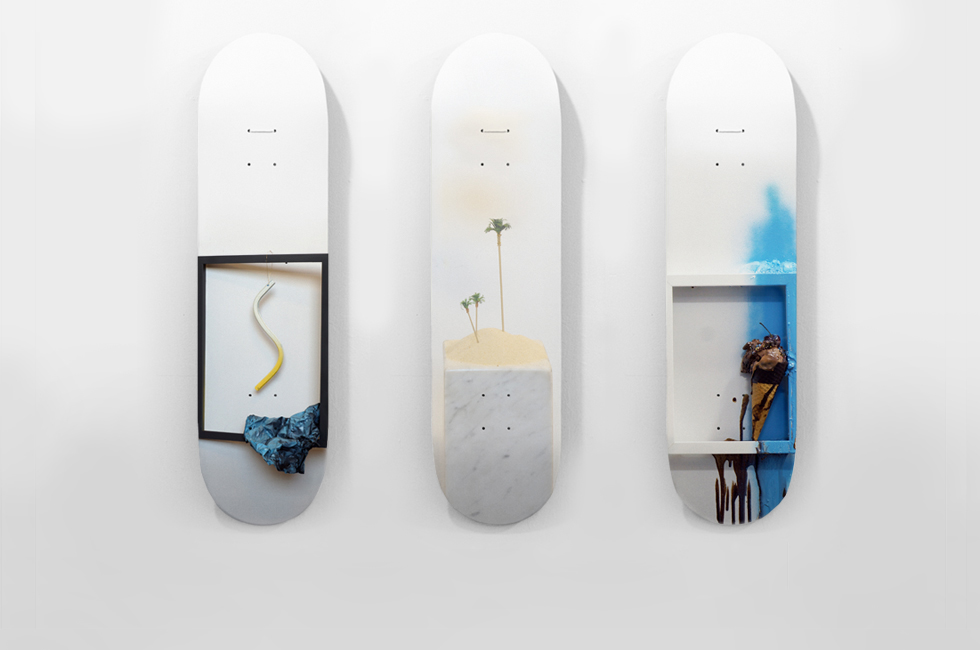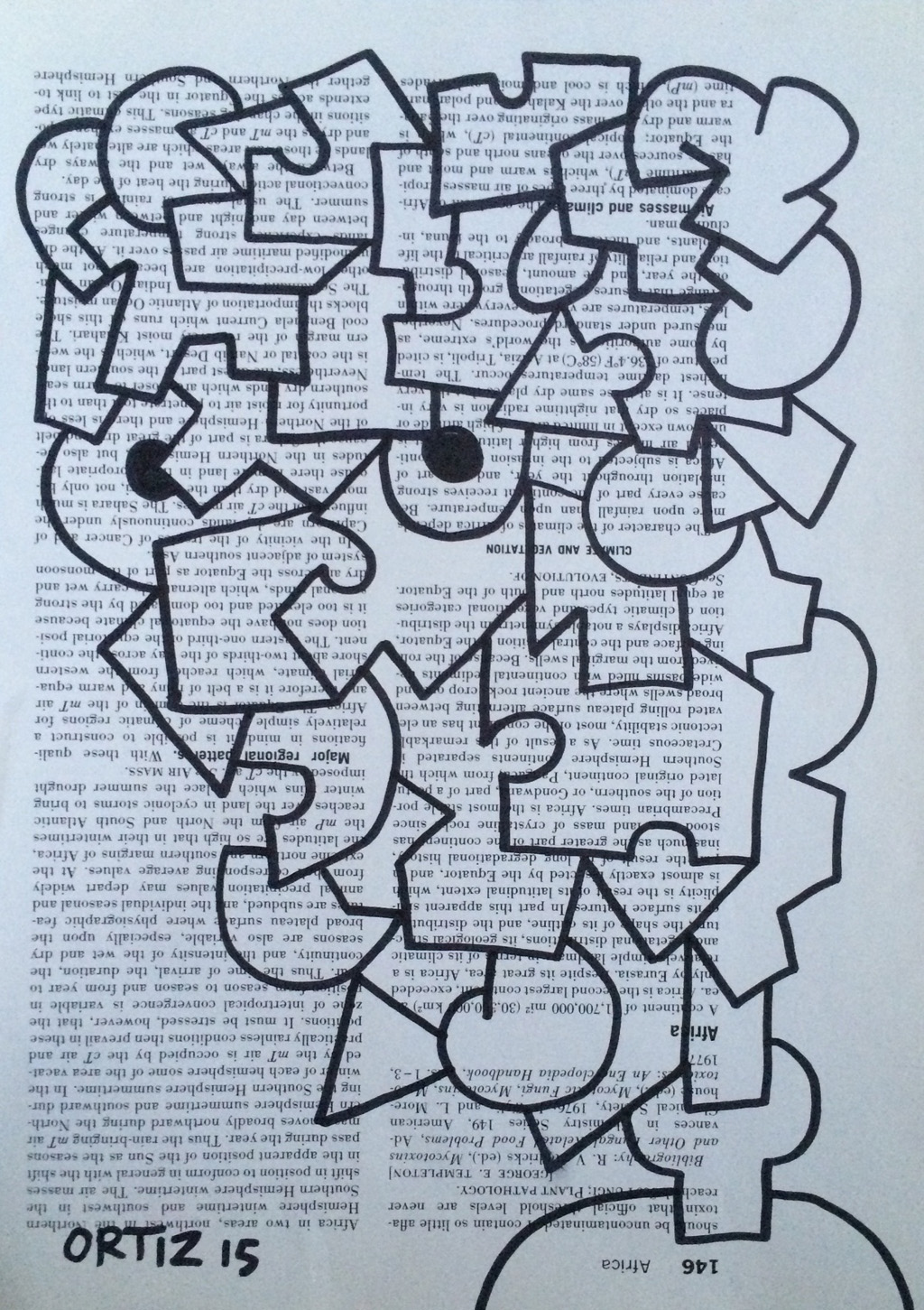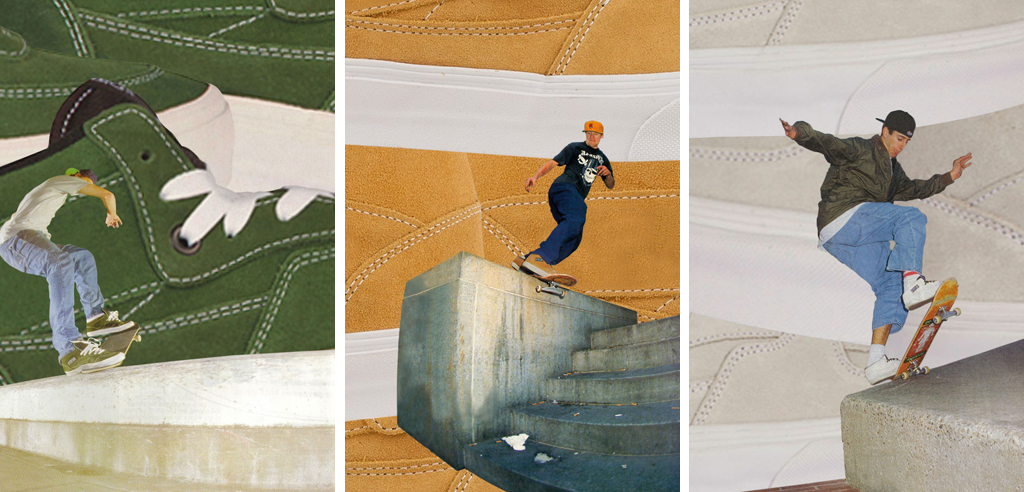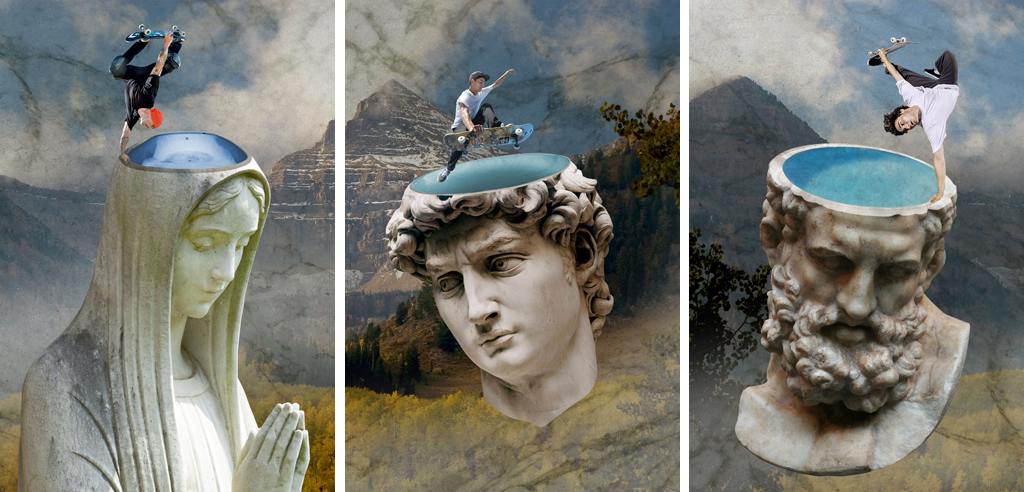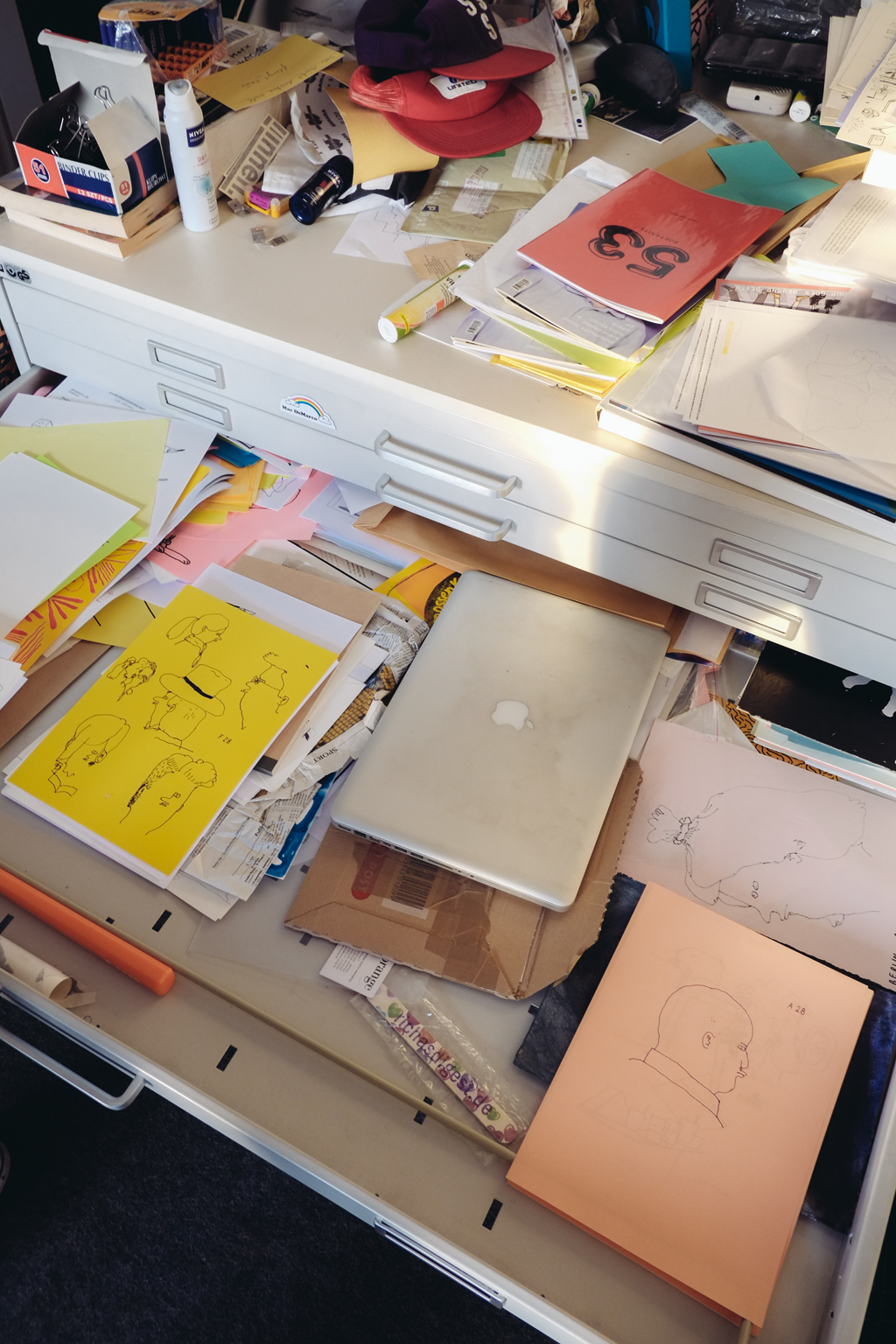Behind each and every brand, there is always a brand director. A person who gets the last word on approval to make sure that everything stays in balance. To make sure that quality levels are kept up and every release builds a coherent brand identity. This column is about showcasing those people – and their brands, of course. We want to give you a look behind closed doors, a peep trough the keyhole, or simply, a “Behind The Scenes” of international skateboard companies that we here at PLACE really like.
For starters, here is England’s Isle Skateboards, run by Nick Jensen sitting in London, and Paul Shier with his office in Los Angeles, just to be as close as possible to the skateboard industry’s capital of the world. Small European skateboard companies are experiencing a Golden Age at the moment and everybody seems to want a piece of the pie. Isle Skateboards are ahead of their time and their boards even still look great after you skated them. Here’s the inside scoop on how they do it.
Can you tell me about the first time you met Nick?
I cannot put it down to a specific time and place that I met Nick, but have a fond memory of us skating Paternoster Square in St Paul’s, London when he first got on Blueprint many years ago. He was so small but super humble and loved skating.
You were already involved in the skateboard business with DVS after Blueprint ended. What prompted your decision to start Isle?
I wanted to start a brand that I could feel proud to be a part of, and something that could be ran in the correct manner, which Blueprint was not giving me in the later years. And I it knew it was never going to happen due to the ownership and structure at Blueprint. I wanted to be able to create a brand to represent good skateboarding and great skateboarders, and be a part of a brand that everyone involved with would be stoked to be a part of and on the same page.
Did your experience help you manage the problems that might arise when starting Isle? What kind of challenges did you run into since Isle started?
My experience for sure helped out with starting the brand, it obviously gave me a base knowledge of the business, but the most important part to me was that I was able to form so many strong relationships with woodshops, stores, vendors, and distributors which was something so important to the initial birth of Isle. Of course – just like any small company – we run into some problems but we have been lucky to avoid any major situations so far.
With both of you living in different cities, how do you manage to create a productive workflow and dividing tasks?
With FaceTime, Skype, and email we are able to work together like we were in the same city. And we all know what we want from the brand and work together to make that happen and reach that goal. The world is getting smaller, making it easier to for all of us.
I could see different time zones being a hindrance when the deadline approaches?
I do not see time differences having any hindrance to what we do. All our boards and softgoods are produced in California, so having me out in L.A actually helps the process more than it hinders. I am able to visit woodshops, vendors, and make sure our products are where and how they should be.
You also work as a team manager for DVS and as a professional skateboarder how do you balance those tasks with the work you do for Isle?
It is a balance but I just make sure that on the daily, I am giving my full attention to each of my duties with my life. I love what I do and the fact that I am able to work in skateboarding and able to skate is a blessing. I found a balance and have been able to stay true to it. My wife and I are expecting our first baby next month, so some new balancing will begin (laughs).
When it comes to the visual side of Isle, who has the last say?
Nick Jensen and Chris Aylen are working closely together in London on the creative visual side of the brand, while Jake Harris and Nick overlook most of the visuals for Vase, which is our first video production that we are releasing later this Summer. We all work together on everything, bouncing ideas back and forth regarding all creative output with the board graphics, ads, soft goods etc. and we all have to agree for something to get produced. If one of us is not feeling something, we will just not go forward with it.
Quality is important especially for skaters, how do you manage to keep the quality of your product consistent?
Quality is the most important part of Isle and something that has to be a top priority. We use Generator woodshop (who is the agent for Bareback in the U.S) for all our boards, which I believe to be the best place for skateboard production with the best wood and I stand 100% behind it. Our shapes stay the same so there are never surprises when skating or buying an Isle board. We all talk together with the whole team and discuss soft goods too so that we can come to an agreement with what we all wanted to see going forward have been lucky to have found a great vendor through Josh Stewart (Theories of Atlantis Distribution) to produce and print all of clothing from now on and the quality is going to be consistent with whatever you see coming from Isle.
What has been your favorite thing you have done since you started Isle?
Receiving the first boards and knowing it was real was an incredible moment. Seeing people skate the boards and being stoked is one of the best parts of running a brand to me. Any trip with the boys is amazing; I wish we could do it more! Having everyone out in L.A visiting was pretty special to me. Too many favorites to mention and we are about to have a big one with the release of Vase too so stay tuned.
What is your vision for the future of Isle?
We will continue to keep true in our strong direction with the brand and always produce the best quality goods while supporting what I believe to be the raddest team of skateboarders out there.
by Roland Hoogwater
Photo: Yoon Sul




